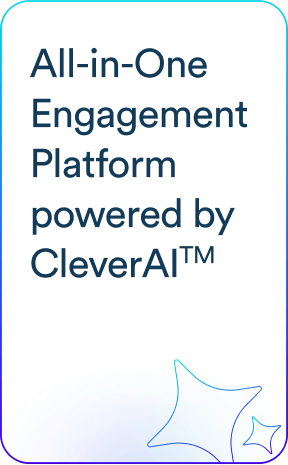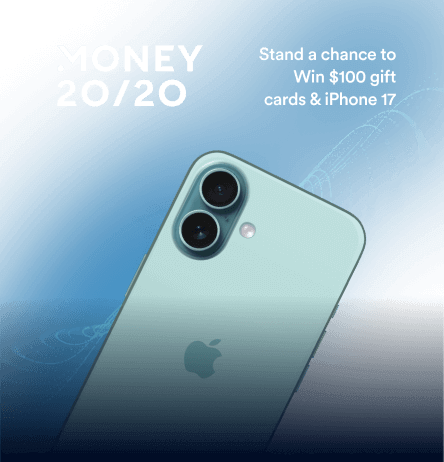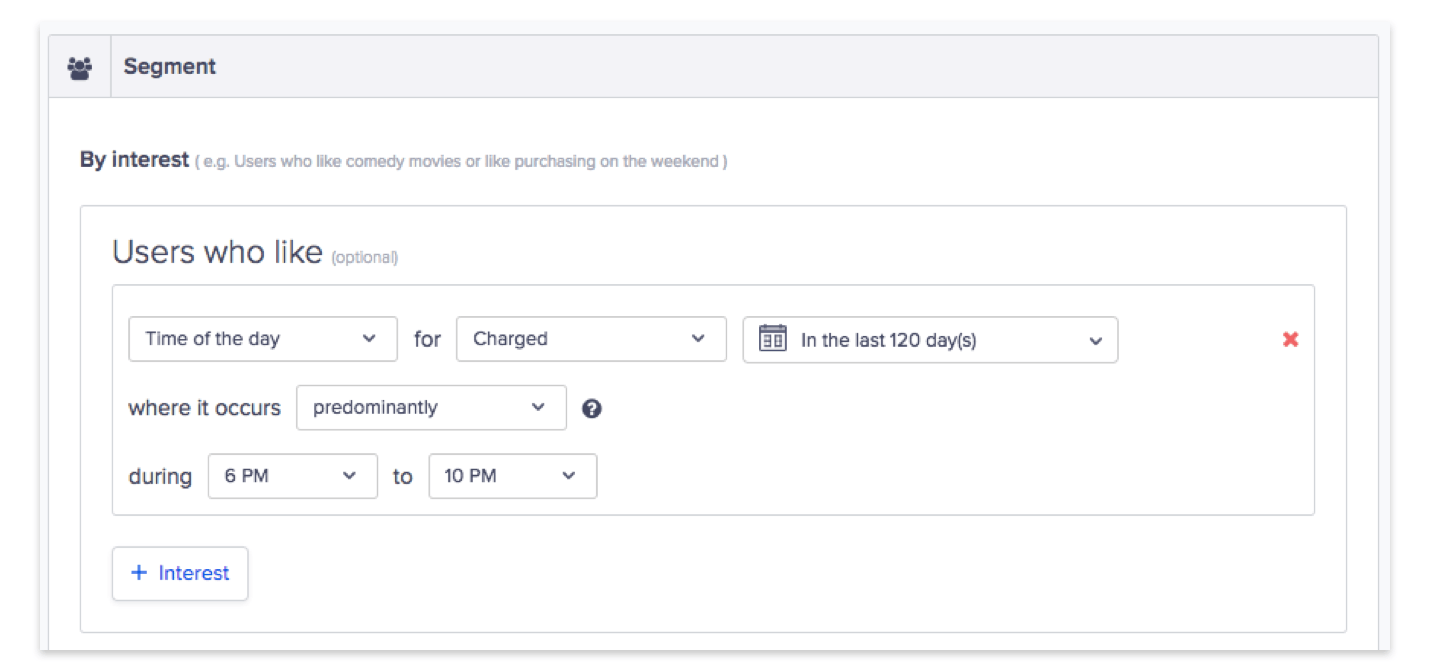You’re attending a baby shower, bought diapers off Amazon, and suddenly you’re flooded with emails recommending baby products? It’s an instant engagement failure because you don’t have children and you have no real interest in purchasing baby food (although there are rave reviews on the banana flavor).
This is the limitation of segmenting users simply by purchase behavior.
Customer actions such as purchasing, browsing products, adding products to a cart or adding items to a wishlist don’t necessarily mean the user prefers one category over another.
The challenge for marketers is persistent: marketers can’t determine a set of users with a propensity or affinity towards one thing over all others. The available means to segment users are based on the actions users take and often won’t indicate what users predominantly like. As a result, marketers are unable to establish an effective match between products and each user’s likes/needs based on what they care about the most.
At present, marketers have the ability to segment users based on behavior – the actions they perform in an app. Most of the options segment users based on what they did or didn’t do instead of what they like or dislike.
What if there was a way for marketers to segment users on relative importance or frequency or weightage of an action over all other actions that a user has taken?
Owing to these ingrained limitations, marketers end up spamming customers with messages that aren’t relevant and are less effective in driving conversions or revenues.
Introducing CleverTap’s Psychographic Segmentation
Psychographic Segmentation is the latest feature in CleverTap. It’s a Machine Learning-powered functionality that automatically tells you what your users are most interested in.
For instance: you can determine the dominant content film category preferred by top customers of your streaming app, and the time of day they prefer to watch it. This will allow you to engage with these users with recommendations in their preferred category, just before their preferred viewing time.
This helps you optimize your campaigns to ensure that you are reaching users in the right context at the right time with a message that they really care about. It is an accurate and a more intuitive way of understanding how your users like to spend time on your app.
Another use case: sending contextual messages to users who prefer to make purchases on a specific day of the week or time of day.
There are many other ways to use customer interest as a precursor to your marketing campaigns, and we cover some more below.
The best thing about sending contextual messages?
Early tests have determined that Psychographic Segmentation can improve conversions up to 5x versus sending non-contextual messages.
Delivering Contextual Messages that Resonate With Your Audience
Every single one of your users is unique. Knowing what each user is most interested in helps marketers identify user habits, lifestyles, or even personality traits, thus engaging them in a more focused manner.
Using psychographic segmentation, you can:
- Use lifestyle-, interest-, or habit-based data to improve marketing
Psychographic segmentation enables marketers to run data-driven marketing campaigns that reach the right users at the most optimal time by breaking down the audience by their interests. - Predict and engage effectively based on dominant interests
Marketers can predict segments of users who are more inclined to respond favorably to an offer or promotion. Reducing the dependence on external factors lets you forecast better and allocate spends intelligently. - Target campaigns to the right users
Marketers can now run targeted campaigns that result in better conversions. Consider an online ticketing app with a limited inventory of movie tickets to sell. Using psychographic segmentation campaigns can precisely target users based on their preferred genre, predominant viewing behavior, and time preferences. - Stay relevant to your users
Keep spam in check by targeting users with specific dominant interests. You can now send promotions tailored to the dominant interests of your customers.
How Psychographic Segmentation Lets You Target Users
Let’s look at a few examples of how you could use Psychographic Segmentation to target specific users no matter what category your app is in.
- General Apps
Target users who visit your app between 12:00 a.m. and 6:00 a.m.
- Over-The-Top Apps (Media and Entertainment)
Target users who have liked comedy movies but have not watched any comedy content in the last 14 days.
- Ecommerce Apps
Target users who like to shop between 6:00 to 10:00 p.m.
- Travel Apps
Target users who like to fly on Sundays.
- FoodTech Apps
Target users who prefer ordering food between 6:00 to 9:00 p.m. on weekdays.
People Also Read: What is Behavioral Segmentation? Complete Guide
What Do You Think of Psychographic Segmentation?
With ever increasing data points on customer behavior, it is only a matter of how marketers use them to create a more personalized experience for customers.
At CleverTap, we are leading the charge by building features that let you use the power of Machine Learning to run intelligent campaigns and derive data-backed insights.
All CleverTap users now have access to Psychographic Segmentation. If you’re not a user yet, sign up now and give it a try. For anything else, we encourage you to use the comments section below to share your thoughts.
The Intelligent Mobile Marketing Platform
Subharun Mukherjee 
Heads Cross-Functional Marketing.Expert in SaaS Product Marketing, CX & GTM strategies.
Free Customer Engagement Guides
Join our newsletter for actionable tips and proven strategies to grow your business and engage your customers.




















































